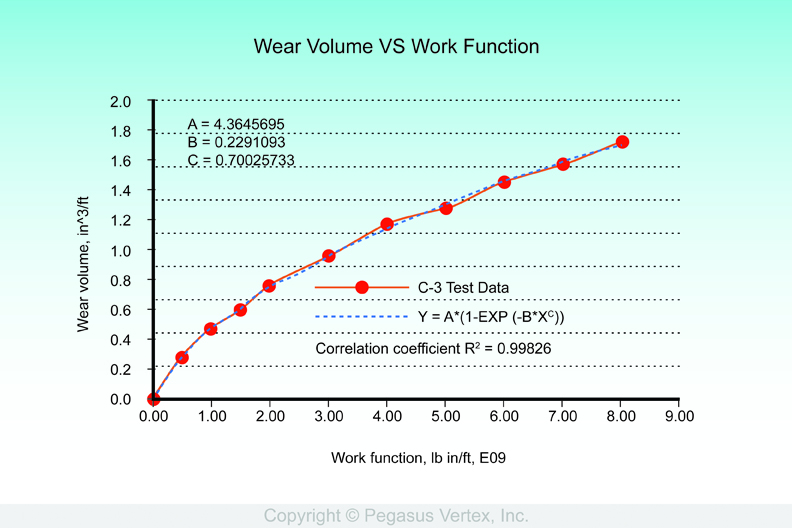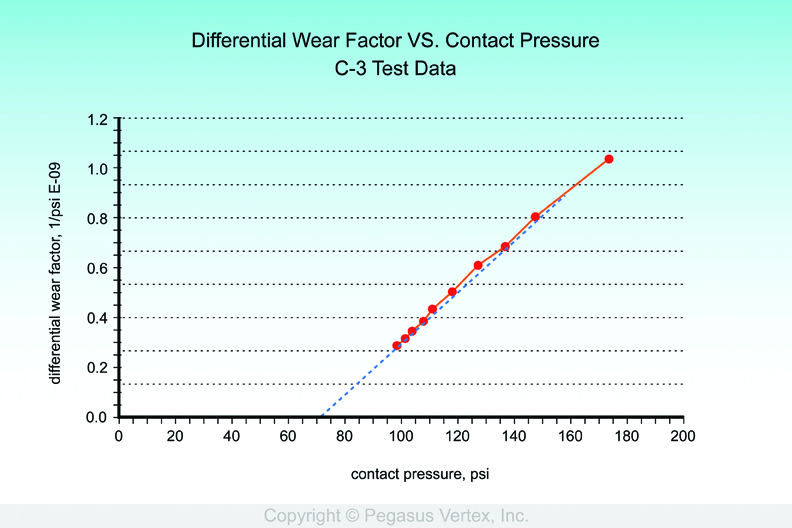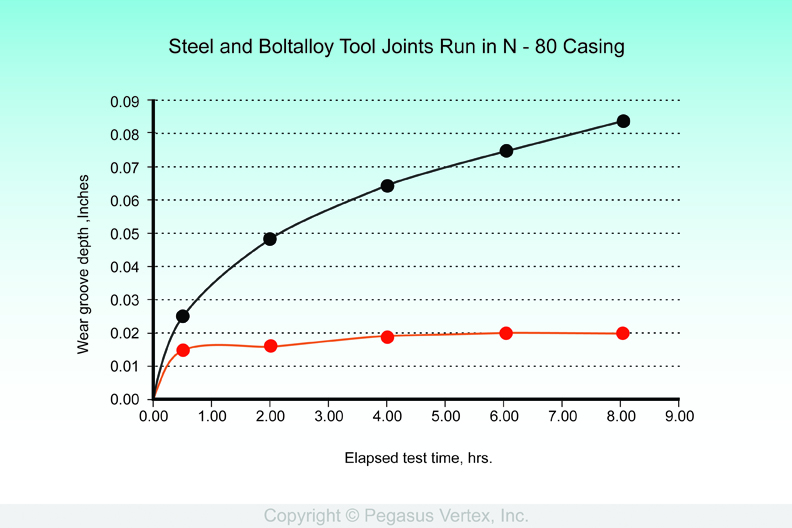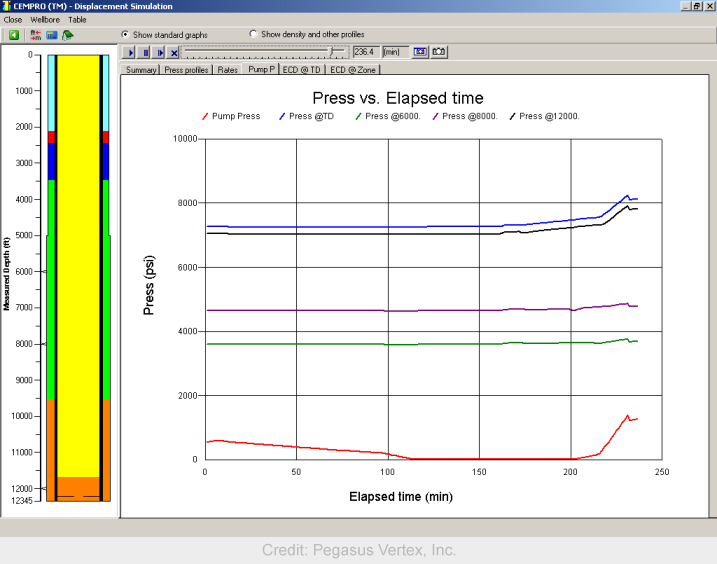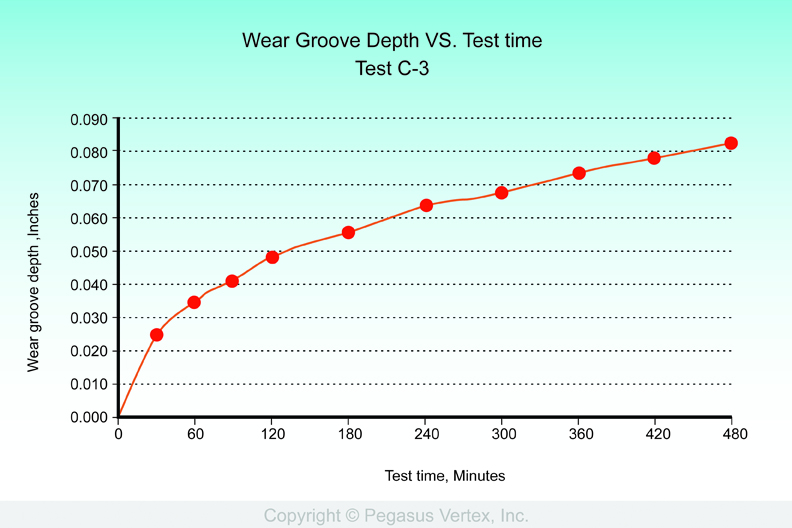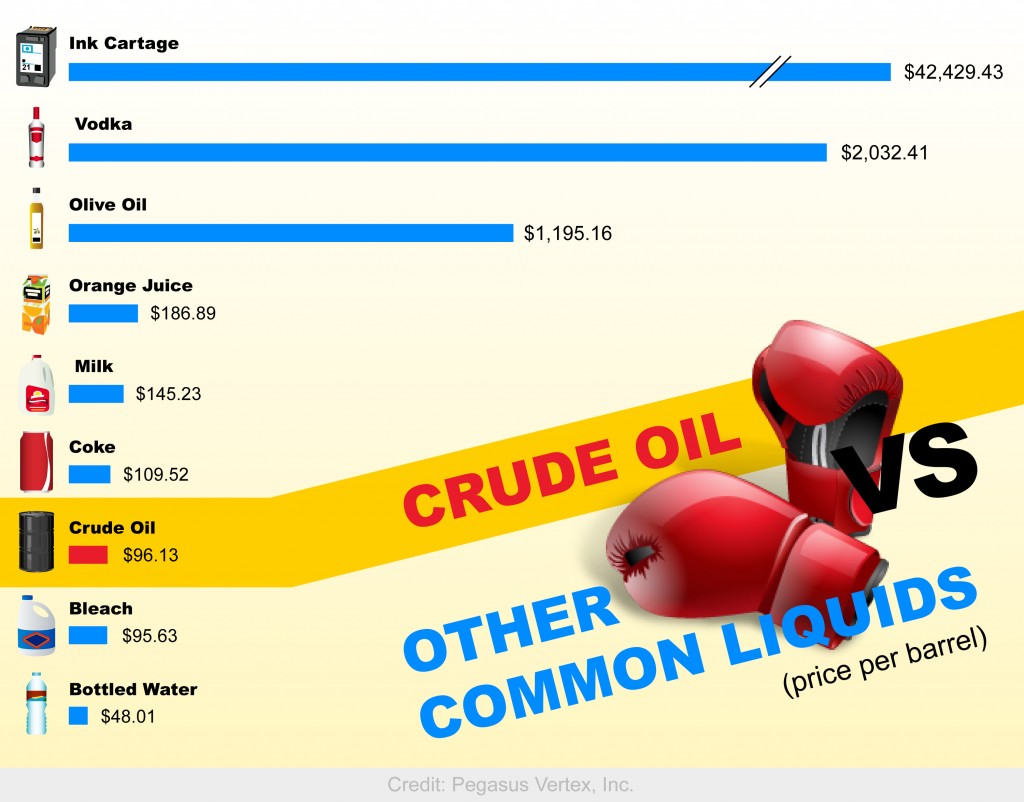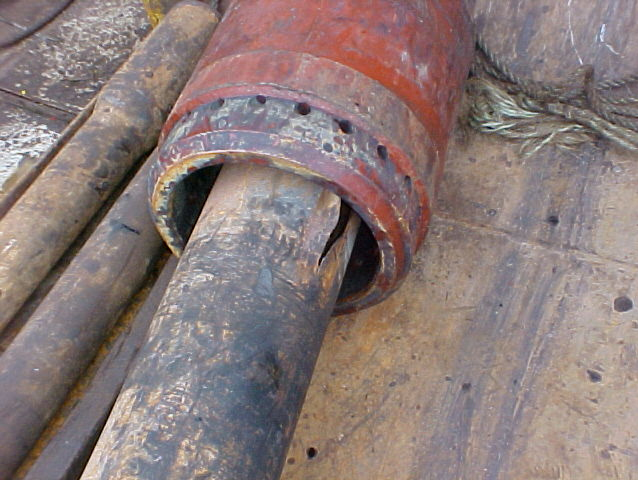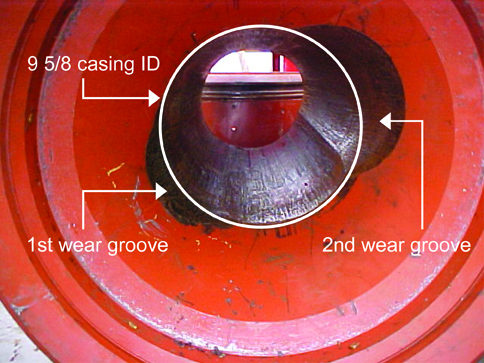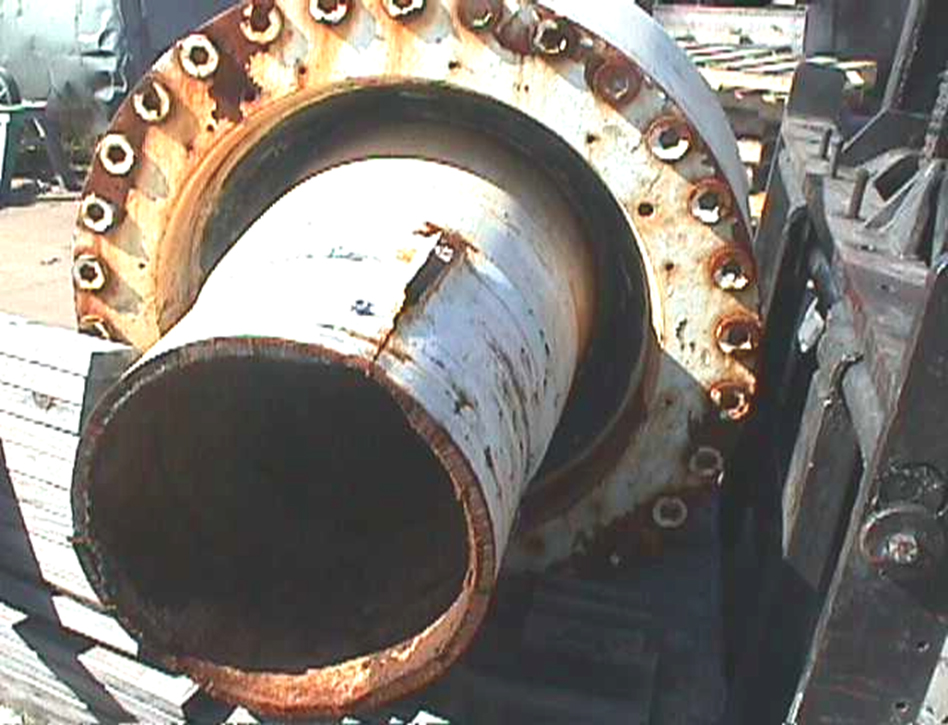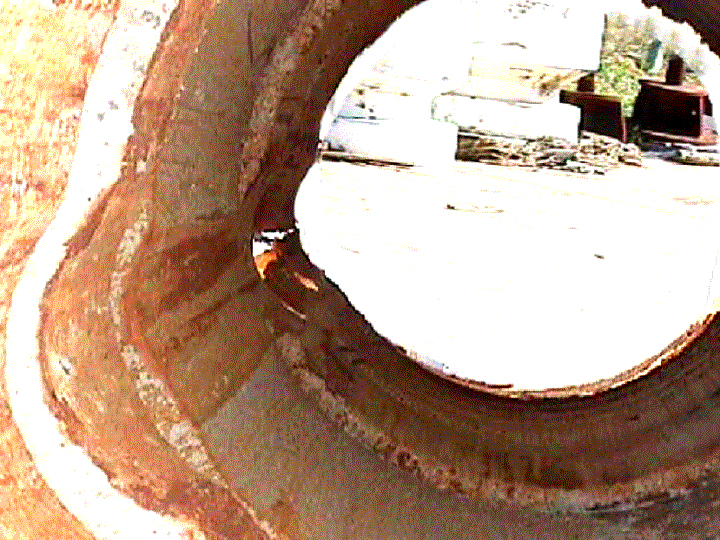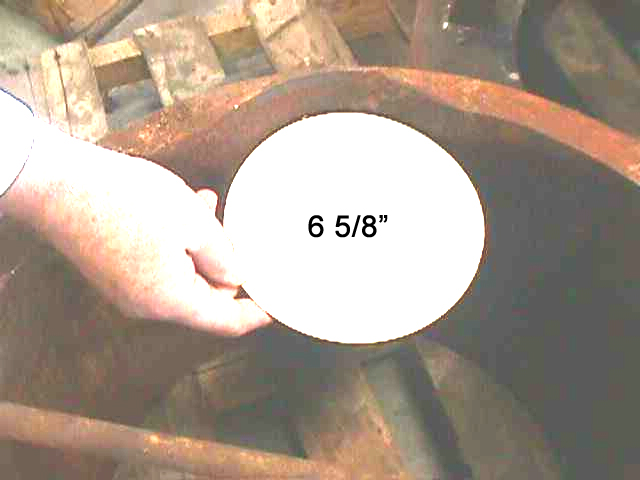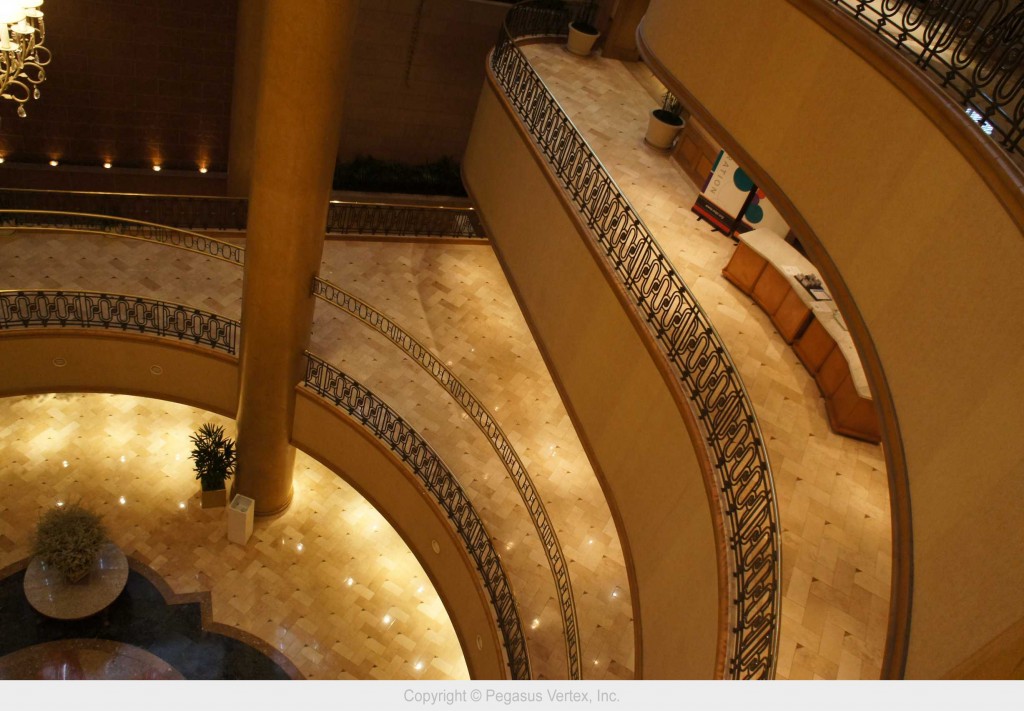According to legend, the ancient Greek mathematician Archimedes was hired by the king to determine if a crown is pure gold or just covered by gold. Legend says that while taking a bath, Archimedes suddenly realized that by measuring the amount of water displaced by an object (crown), one can calculate its density, and hence its purity. In his excitement, he jumped our of the tub, ran through the streets toward the palace, wet and naked, shouting “Eureka!” (“I have found it” in Greek). He eventually developed Archimedes' principle, which states elegantly: Buoyancy = weight of displaced fluid.
The story becomes legend because it reveals an often-overlooked aspect of problem solving: remove the safeguard of hard thinking and let the unexpected wisdom of intuition drive, one might be stricken by the light of sudden enlightenment.
While it is challenging to define the intuition, we know that they not only exist, but sometime play important roles in our successful projects, and many other efforts. Some of the attributes of intuition include: collective consciousness, egoless, stressless state of mind allowing free thinking, gift from a higher power, etc.
Intuition and reason, seemly opposing forces, are actually complementary to each other. We nurture our instinct with all information available, all our intellectual efforts and let it blossom. We walk with 2 legs: intuition and reason, of them I do not know which is left or right.
We live in a wired world of hardware, software and emotion. We may not be software developers by profession, but almost all of us, at one point or another, are users of some software. We all experience the WOW moment when we see clever design or pleasantly surprised features, but more often than not, we sigh with complain: “Why do not they design better?!”
Those under-delivered software packages lack one or both of intuition and reason. Software is a distance dialog between developers and users, who most likely never meet each other. But the needs of users are met by developers through intuition and intelligent efforts. Users acquire advanced features. Developers have to switch roles of programmers and users (to design how they use the eventual software) to conduct a successful remote “conversation”.
Making simple things complicated is easy, because one does not have to think hard; while making complicated tasks as simple as Google search or Archimedes' principle is very difficulty and requires strong intuition. That is art!
“Simplicity is the ultimate sophistication.” Leonardo da Vinci said 500 years ago. Let all of us, users and developers, embrace simplicity in life and work, and have more “Eureka!” moments!

